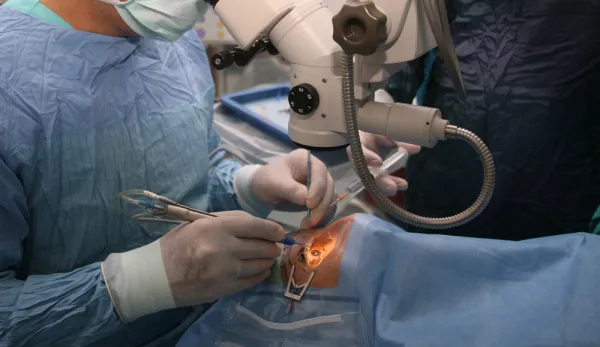Get to Know How Else the Fee Schedule Could Impact Your Pay

Fee changes won't be too dramatic for eye care practices if proposals are adopted. CMS's 2018 Fee Schedule Proposal isn't solely centered around the potential changes to E/M services. As the agency continually updates MACRA and quality care, some specialties may get a financial boost from the revaluation of codes and services while others are expected to take a hit on their paychecks, suggests the estimated impact section of the "Proposed Policy, Payment, and Quality Provisions Changes to the Medicare Physician Fee Schedule for Calendar Year 2018 (MPFS)," published in the Federal Register on July 21, 2017. Fact sheet suggests payment boost: CMS indicates in its Fact Sheet about the 2018 proposals that practices across the board would see payments rise under the proposal. "The overall update to payments under the PFS [Physician Fee Schedule] based on the proposed CY 2018 rates would be +0.31 percent," the Fact Sheet says. "This update reflects the +0.50 percent update established under the Medicare Access and CHIP Reauthorization Act (MACRA) of 2015." But a closer look at the changes suggests that not everyone will be celebrating in 2018. "The +0.31 percent increase suggests that CMS on an overall basis will see an increase in reimbursement to physician by 0.31 percent," says Vinod Gidwani, founder and president of Currence Inc. in Skokie, Illinois. "However, this can be very misleading. Every physician should consider doing some number crunching for their practice based on the 10 to 15 most common codes billed by the practice to Medicare." Will You Be Ahead of the Pack? Clinical social workers lead the pack of specialists who will prosper in 2018 if the proposed fee schedule is finalized, with an estimated combined increase of three percent, while diagnostic testing facilities look to see the biggest declines at minus six percent. Eye care practices aren't facing either extreme, as the fee schedule indicates that under the proposal, both optometry and ophthalmology practices would see no payment changes and overall payments would remain as-is.




